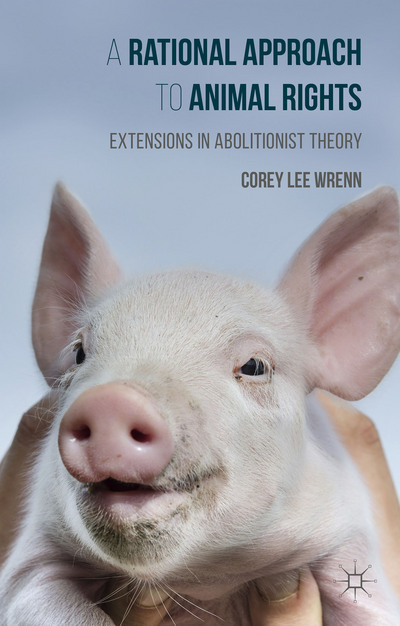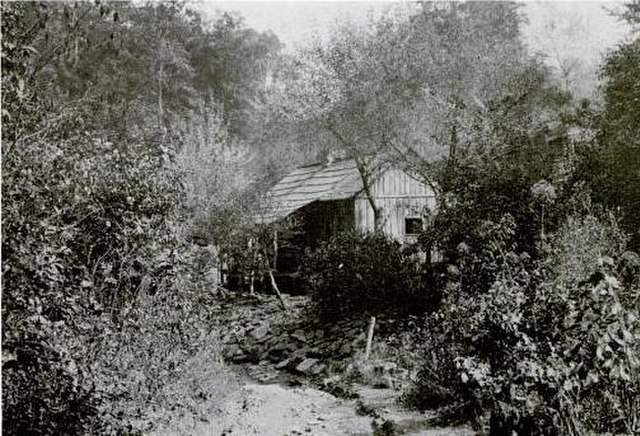Photo credit: WikiCommons
Animalization is both a symbolic and structural process that renders some bodies cognitively, physically, biologically, and even evolutionarily “Other” to the effect of normalizing and rationalizing unequal modes of production and structural violence. In my article published with the Journal of Appalachian Studies, I argue that Appalachians, like the peoples of other colonized regions, have historically been framed as less than human, ignorant, dangerous, undeveloped, and in need of civilizing. Relatedly, the introduction of institutionalized speciesism in the region (namely, the “fur” trade and animal agriculture) facilitated an in-group/out-group binary that would permeate colonial culture and establish an economic system built on the domination of others.
To initiate a critical animal analysis of Appalachia, I start with the field of sociology. Turn-of-the-20th-century sociological research surveyed Appalachia as a space of unique backwardness amidst American progress. I suggest that this early sociological work may have contributed to the animalization of Appalachia, and, in doing so, also contributed to a legacy of cultural and political marginalization of Appalachia peoples. I demonstrate this by applying critical animal studies theory to foundational sociological surveys of the region. I then briefly analyze and ascertain how researchers’ depictions may have shaped Appalachians as animalistic “Others.” For instance, early sociologists regularly emphasized the rough living conditions of Appalachian peoples, as well as their high birth rate, relative ignorance, proximity to domesticated animals, reliance on “hunting,” and overall close-to-nature lifestyles.
Critical animal studies acknowledges the role that science has played in constructing and legitimizing categories of difference, particularly that related to species distinctions, evolutionarily ideas about group inferiority and superiority, and the goal of social development. As such, my research explores how sociological research has traditionally animalized its Appalachian subjects and used this animalization as an explanation or rationale for inequality. Sociological surveys are important cultural influencers given their scientific authority and presumed objectivity. Furthermore, they were often used in government efforts to manage Appalachia. For instance, Hollow Folk (Sherman and Henry 1933) had considerable cultural reach, having been spotlighted in the New York Times. It was also pivotal to the displacement of locals in the construction of Shenandoah National Park in western Virginia, as it provided scientific support for state intervention and forced removal.
Ultimately, this research is intended to begin a conversation on the importance of intersections in species, animality, and environmental concerns in Appalachian studies, a field that has traditionally prioritized mainly class, race, and ethnicity.
Read the full article here.

Readers can learn more about the sociology of veganism in my 2016 publication, A Rational Approach to Animal Rights.
Receive research updates straight to your inbox by subscribing to my newsletter.
